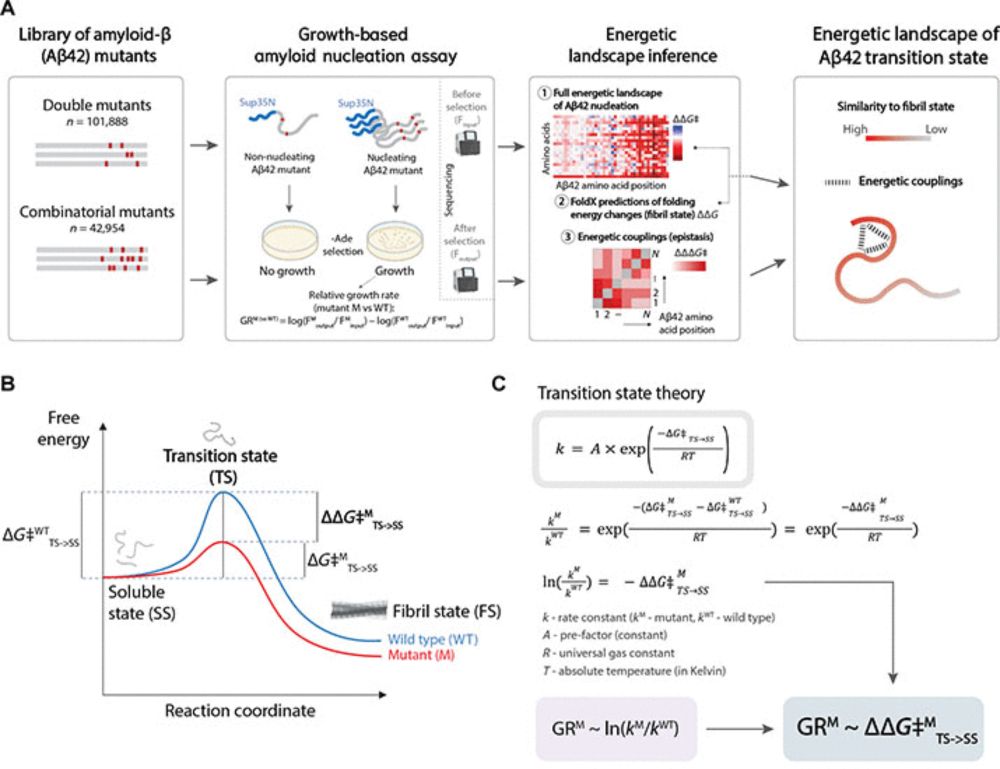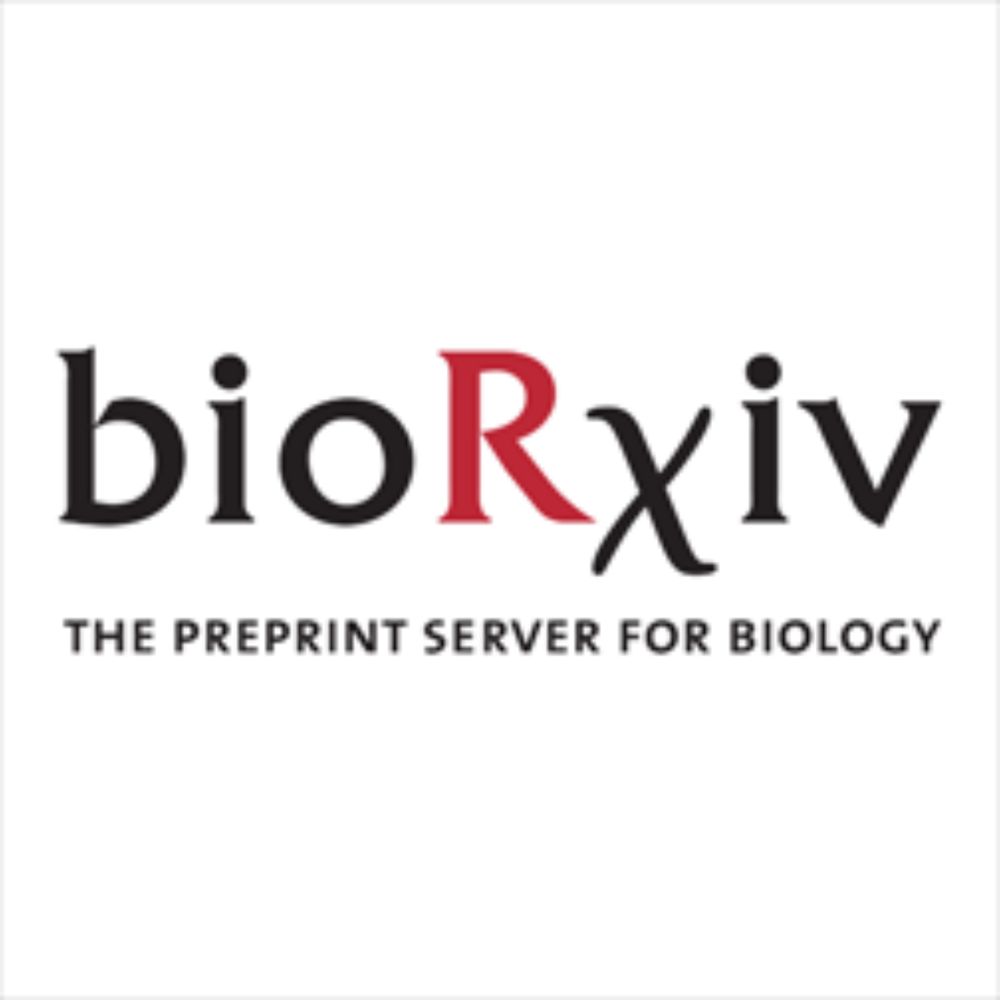Anna Arutyunyan
@immunobananna.bsky.social
100 followers
370 following
16 posts
Postdoc in Lehner lab @sangerinstitute | PhD @sangerinstitute @Cambridge_Uni | BSc @miptru 🇷🇺🇦🇲
Genomics | Synthetic Biology | Immunology | Reproduction
Posts
Media
Videos
Starter Packs







